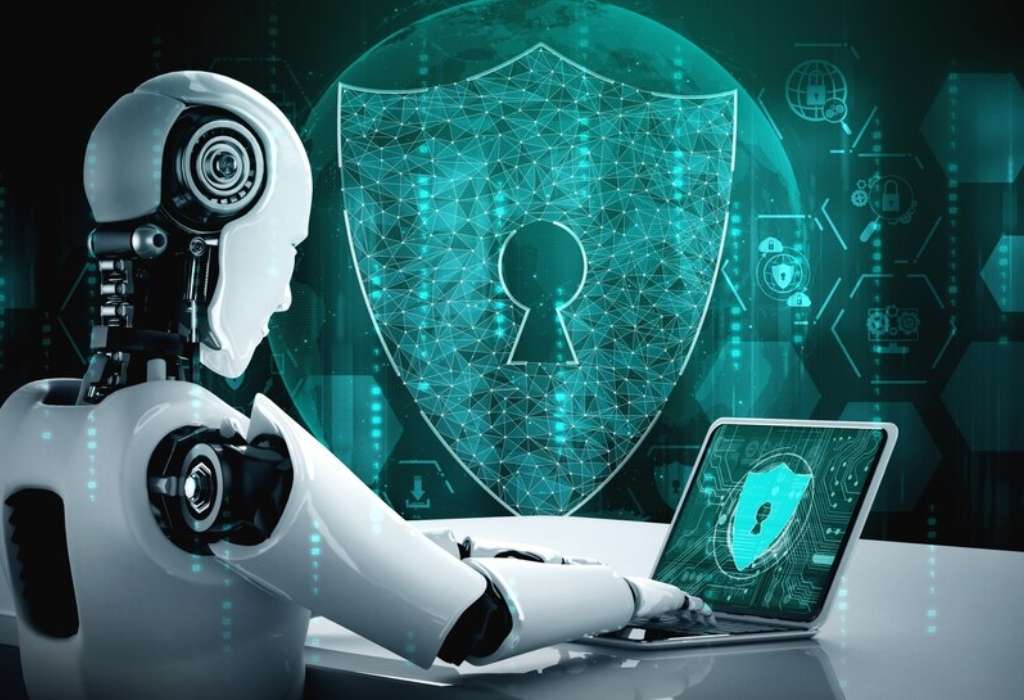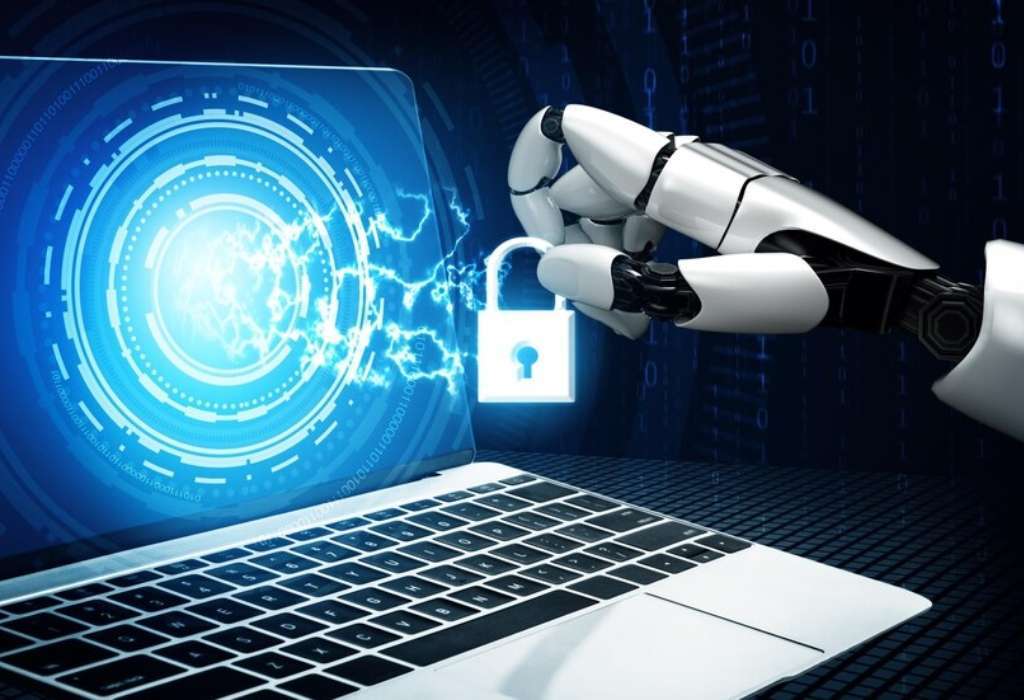
Artificial Intelligence in Security: Enhancing Protection
Time-consuming manual processes are eliminated by artificial intelligence (AI) in security, which also increases danger visibility even before the organization is aware of it. The rapidly evolving field of artificial intelligence (AI) presents both enormous opportunities and threats for our country.
What is AI Security?
Cybersecurity is just one industry that artificial intelligence (AI) has transformed. In today’s digital environment, artificial intelligence security solutions have become effective instruments for detecting and thwarting possible risks.

AI can analyze enormous volumes of data, identify harmful behaviors, and offer enterprises improved defense against cyberattacks by utilizing machine learning algorithms and deep learning techniques. In this post, we will examine the idea of AI security, its typical uses, its advantages, and important factors to take into account while assessing AI cybersecurity providers.
How AI Enhances Security
An integrated security system comprises many security solutions, including video analytics, access control, alarm systems, and cameras, all consolidated onto a single platform. To detect possible risks, react precisely, reduce labor-intensive procedures, and enhance overall security, the next-generation solution combines human experience with state-of-the-art automation.

Threat Detection and Prevention
Threat detection approaches consistently adopted technological developments, as seen by their evolution. AI integration is a big step forward, enhancing human intellect with cutting-edge algorithms to combat increasingly complex cyberattacks.
Behavioral analysis
The social, psychological, and environmental facets of life all have an impact on human behavior, which is complicated. Behavioral analysis has always relied on labor-intensive, subjective manual observation and interpretation.
By using data-driven methodologies to find patterns and correlations among enormous volumes of behavioral data, artificial intelligence (AI) offers a more efficient and objective method.
Real-Time Monitoring and Response
Real-time monitoring raises the bar for data gathering and decision-making by giving administrators access to a constant, low-latency stream of pertinent, up-to-date data that allows them to spot major issues early on. More swiftly,
Alerts can be directed to the right personnel or even automated systems for remediation. Organizations can identify and forecast performance and trends by recording real-time monitoring data over time.
AI Security with Threat Cloud AI

You can be more equipped to ward off even the most sophisticated threats when you have Check Point protecting your company. The powerful intelligence of our security systems’ central nervous system, Infinity Threat cloud AI, makes this possible.
The Role Of Security In Artificial Intelligence
Technology advances at an even faster rate than the globe itself. now and then, a catchphrase comes along and completely transforms our lives—but only until something else takes its place. The cloud providers are aware that the foundation of a bright future lies in innovation and modernization.

These days, artificial intelligence (AI) is one such buzzword in the computer industry. Though many people may not recognize artificial intelligence (AI) and a large portion of the populace does not understand it, concepts like machine learning and artificial intelligence go deeper than we may think.
Why is security important in AI?
The fact that artificial intelligence processes large amounts of data makes security crucial. The patterns, which are only visible when a large amount of data needs to be analyzed, are what machines learn from. No matter how little or large the data is, it matters. Without a doubt, when handled by a third party, every bit of information becomes important. It is at this point that security becomes a top priority.
The Prospects of Artificial Intelligence and Converged Security Schemes
AI has a lot of promise for businesses looking for more sophisticated and all-encompassing methods of asset protection. Systems with high AI capabilities will be crucial to building comprehensive security ecosystems, from offering a unified and centralized management system to improving defense against cyberattacks on vital infrastructure.
Key Technologies and Tools

Machine Learning (ML)
In order to help AI mimic human learning processes and progressively increase its accuracy, machine learning (ML), a subfield of computer science and artificial intelligence (AI), focuses on leveraging data and algorithms.
Deep Learning
A technique in artificial intelligence (AI) called deep learning trains machines to analyze information in a manner modeled after the human brain. Deep learning models are able to generate precise insights and predictions by identifying intricate patterns in images, text, sounds, and other types of data.
Automating tasks that normally require human intelligence, like text transcription from audio files or image description, is possible with deep learning techniques.
Natural Language Processing
To enable computers and other digital devices to recognize, comprehend, and produce text and speech, natural language processing, or NLP, integrates computational linguistics—rule-based modeling of human language—with statistical and machine learning models.
Conclusion
Finally, because AI improves the accuracy and efficiency of threat detection and response, it has become a crucial component of security systems. It does, however, have certain drawbacks and concerns, such as the need for both large and high-quality data sets and vulnerability to cyberattacks.
Organizations must weigh the benefits and hazards of artificial intelligence in security before making any decisions. In addition to adhering to legal and regulatory frameworks, they must handle privacy concerns and provide accountability and openness. Organizations also need to think about how AI fits into cybersecurity and physical security, as well as the opportunities and difficulties it presents.






